Introduction to Ugandan Coffee Flavor in elgon El Gong Mountain Portuguese Coffee Special report
Professional coffee knowledge exchange more coffee bean information please follow the coffee workshop (Wechat official account cafe_style)
Uganda, Portugal.
Producing area: Mount Elgon, Uganda
Altitude: 1600-1850 m
Treatment method: anaerobic fermentation and solarization
Variety: SL14&SL28
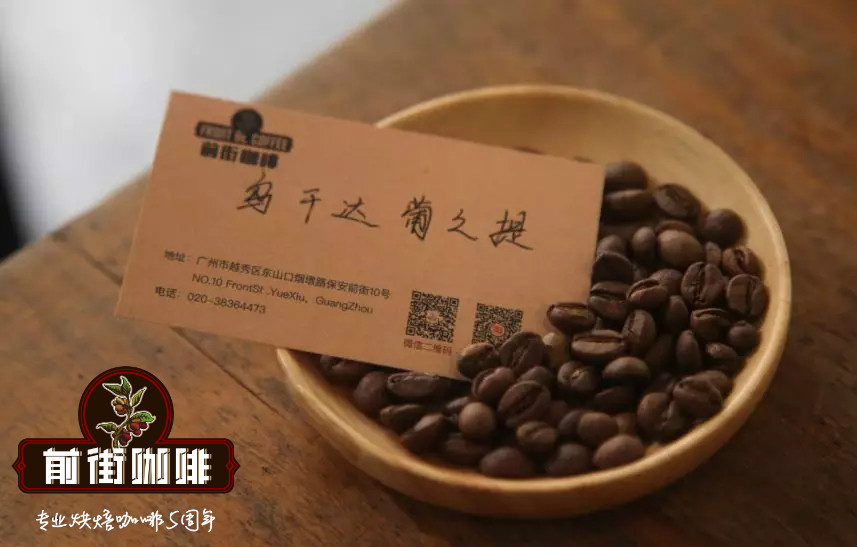
| | Origin description |
Uganda is located at the source of the Nile, a landlocked country not off the sea in Africa. Although it has a long history of producing coffee like other East African countries, the quality of coffee has never been improved because of the war caused by ethnic antagonism. Most of the good coffee here is grown in areas adjacent to Kenya, and some good coffee beans are shipped to Kenya to be sold as Kenyan coffee, and Uganda did not leap into a fast-growing country until the war stopped 15 years ago.
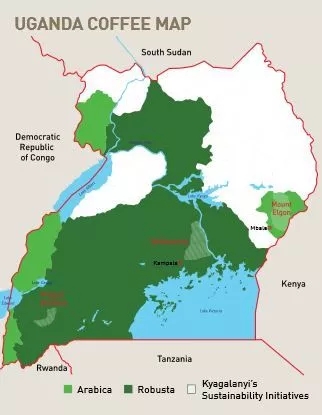
Uganda has dense green forests, lakes, wetlands and rich rivers. Coffee is the largest crop in Uganda. About 500000 coffee farms are engaged in coffee-related agriculture, accounting for 25% of the total population. Coffee trees are mostly robusta coffee trees, which account for about 94% of coffee cultivation in Uganda, and only 6% are traditional Arabica trees. These rare coffee beans grow in tropical rain forests, and most of them are exported to countries around the world.
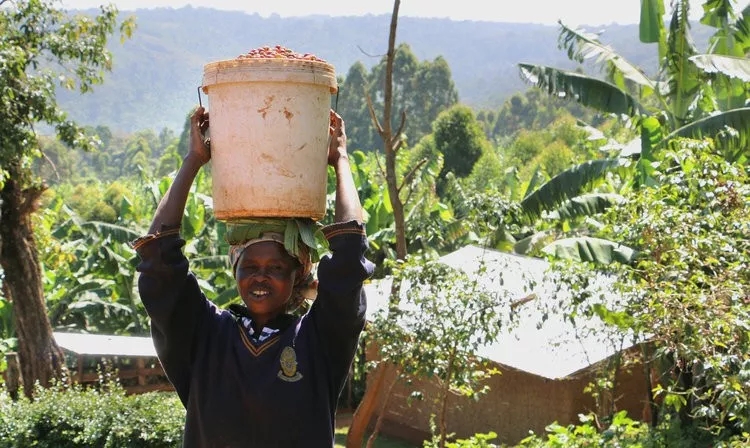
Although Uganda grows a large number of robusta coffee with low altitude requirements, the region has high altitude, fertile soil and adequate rainfall, which provides perfect growth conditions for high-quality Arabica coffee.
Coffee provides a steady income for farmers of the Bakonzo tribe, allowing them to support their families and develop their own homes with many farms.
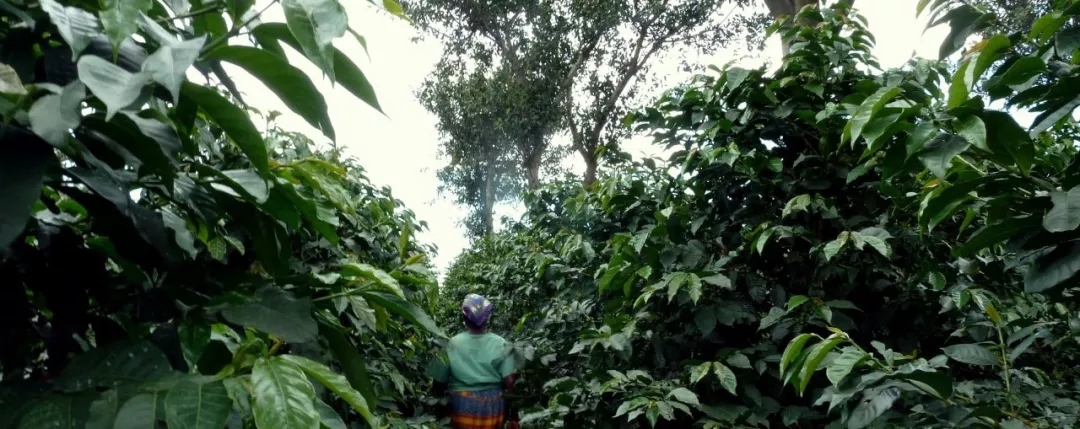
There are many small towns in this area, mainly lowland, and they have built a good road network. These towns are ideal locations for coffee processing, home to many farmers' groups and equipped with processing facilities, and there are Kisinga processing stations that specialize in the production and processing of boutique Arabica coffee.
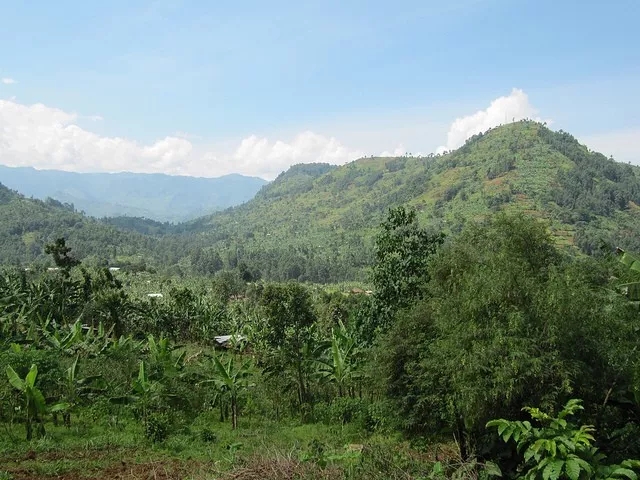
The average area of the farm is 2 acres, and farmers work by hand on a household basis, then work with other groups in the community to process and sell coffee. This practice is called sharing agriculture.
| | processing method |
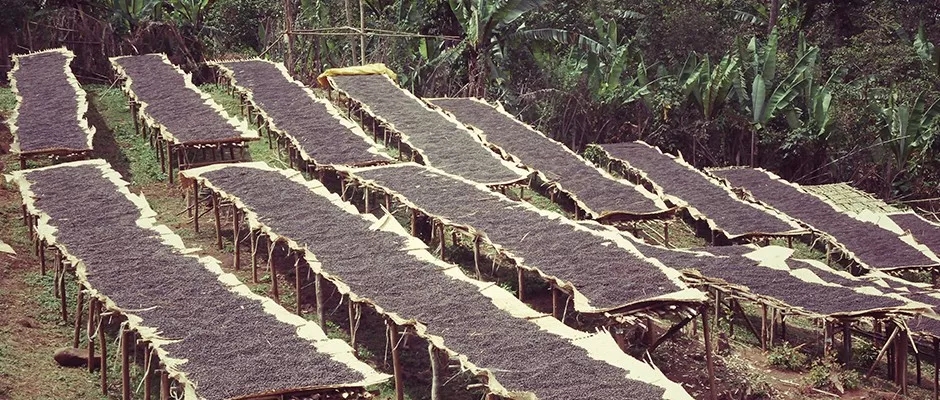
The bean is treated by anaerobic fermentation and solarization. The drying process is first placed in a ventilated passage, dried on a raised single-layer shelf for 5 days, and then mechanically dried at a temperature of 30 degrees for 15 hours.
| | Analysis of raw beans |
This bean is made up of SL14 and SL28, both of which are common in Uganda.
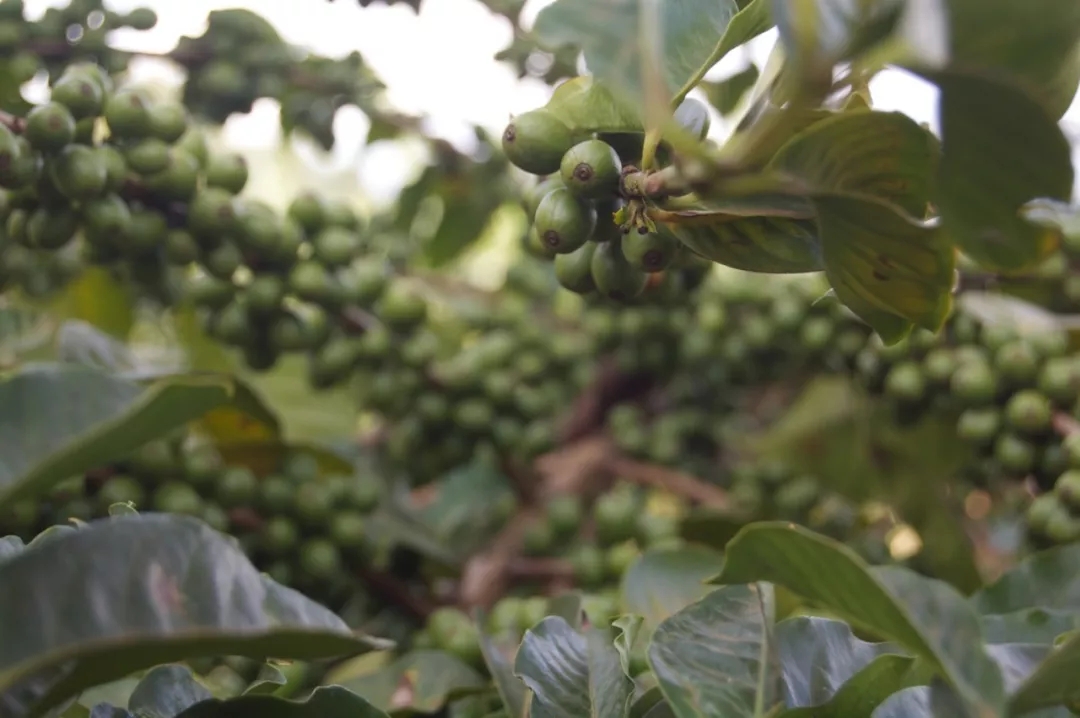
The SL variety comes from the development and selection of Scott Lab. Kenyan coffee is world-famous for SL28 and SL34, so the Ugandan government vigorously promotes and distributes SL seeds to farmers. Among them, SL14 not only has good flavor and drought resistance, but also can be harvested after planting for two years, which meets the needs of farmers.
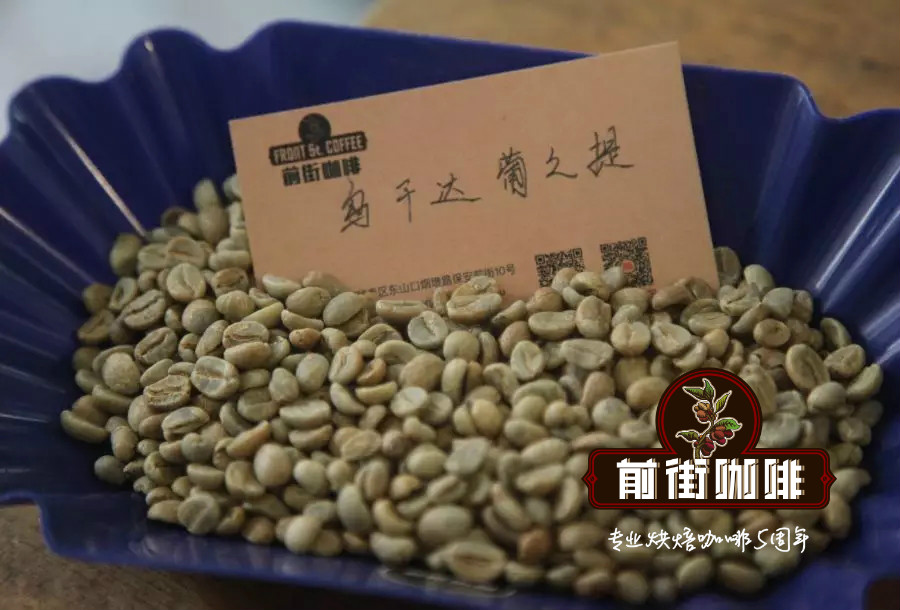
Raw beans are yellowish green in color and smell of oranges and grass.
| | Baking analysis |
Roaster Yangjia 800N (baking capacity 300g)
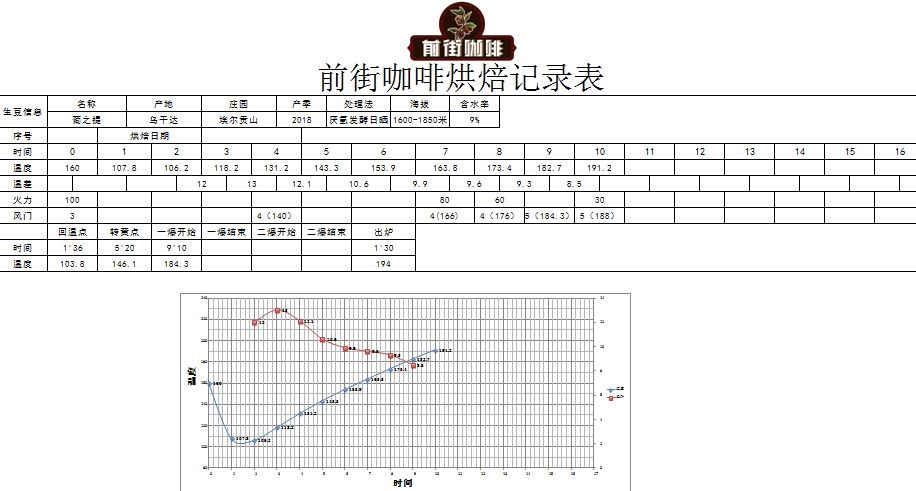
The furnace temperature is 160℃ and the firepower is 100. the throttle is opened at 390 ℃, and the throttle is opened to 4 at 140℃, the firepower remains unchanged; when the furnace temperature is 146.1 ℃, the bean meter turns yellow, the grass smell disappears completely, and enters the dehydration stage. When the furnace temperature reaches 166℃, the firepower is adjusted to 80 ℃, and the throttle remains unchanged.
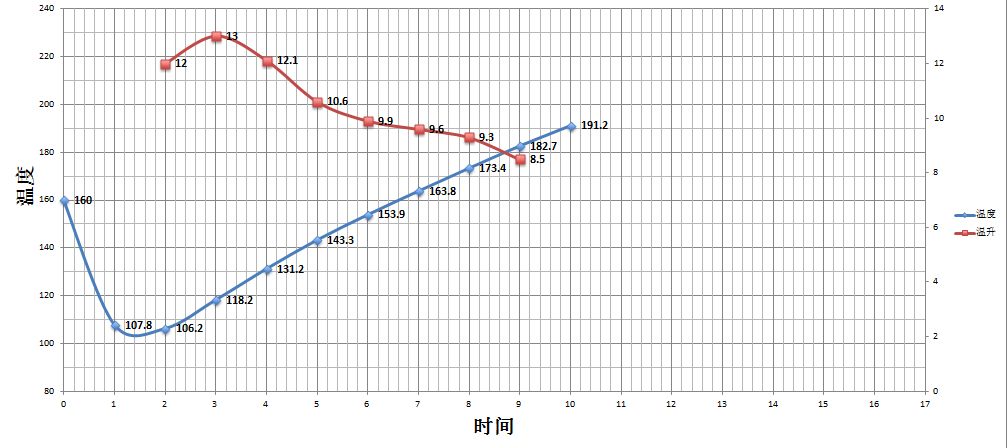
The smell of toasted bread has obviously changed to the smell of coffee, which can be defined as a prelude to an explosion. At this time, it is necessary to listen carefully to the sound of the explosion point, when the sound of the explosion point starts to explode, and the throttle opens to 5. After the explosion, the development of the ℃ after the explosion begins.
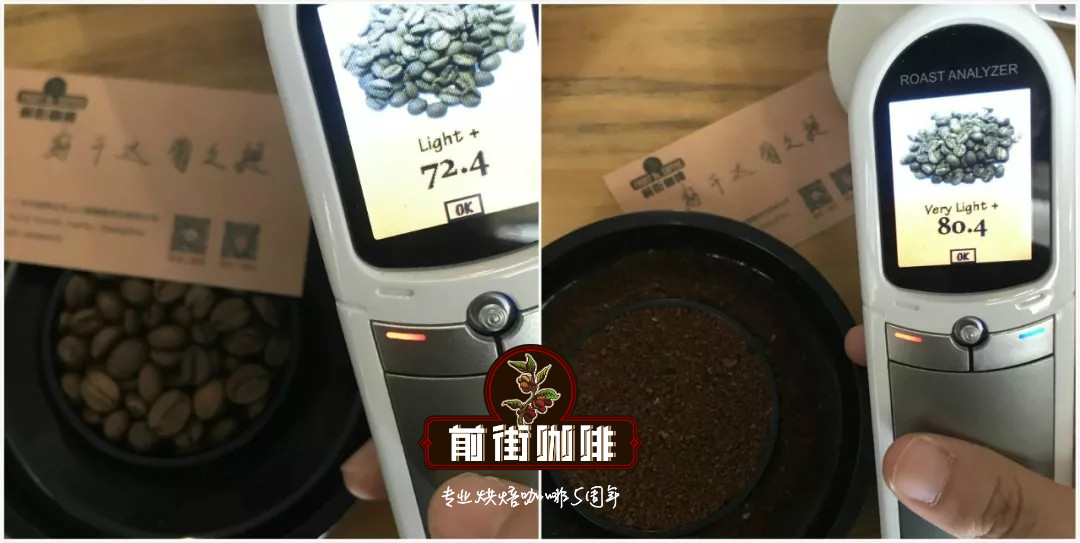
Agtron bean color value is 72.4 (left), Agtron pink value is 80.4 (right), Roast Delta value is 8.
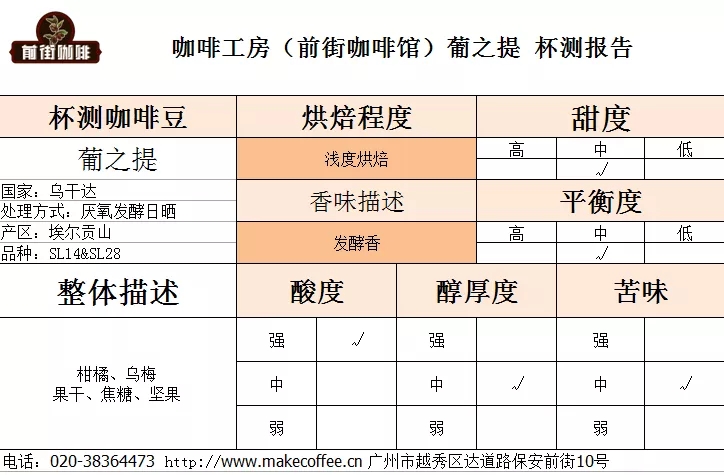
Cup test flavor: smell fermented, sipping with citrus, black plum, dried fruit, caramel, nut flavor
| | Analysis of cooking |
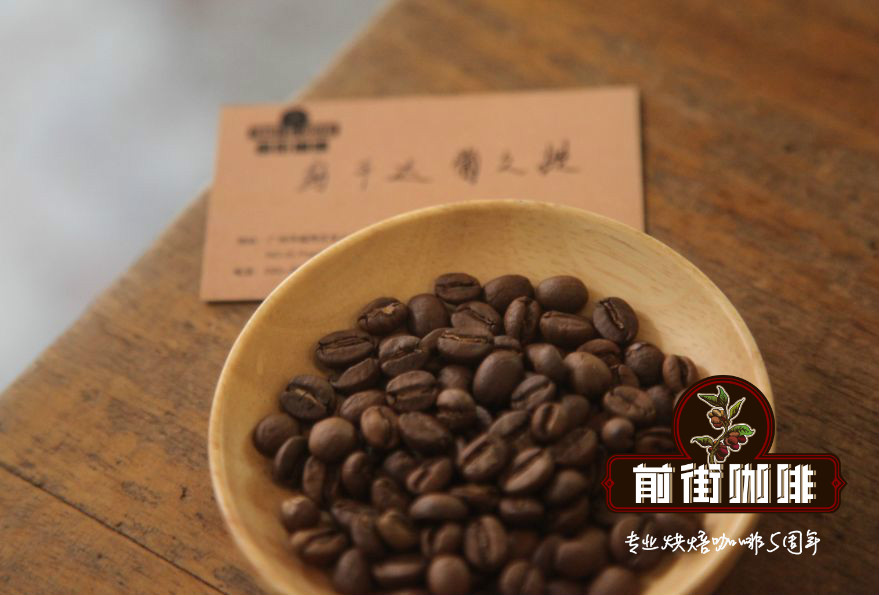
Recommended cooking method: hand flushing
Filter cup: V60
Water temperature: 90 ℃
Powder / water ratio: 1:15
Degree of grinding: medium and fine grinding, that is, the thickness of fine sugar (VARIO 50: 57% pass rate of Chinese standard No. 20 screen)

Flushing and cooking technique: segmented extraction. Steam with 34 grams of water for 25 seconds, circle water injection to 130 grams, continue water injection to 226 grams when the water level is about to expose the powder bed, and remove the filter cup when the water level is about to expose the powder bed. (the time of steaming starts) the extraction time is 45 ".
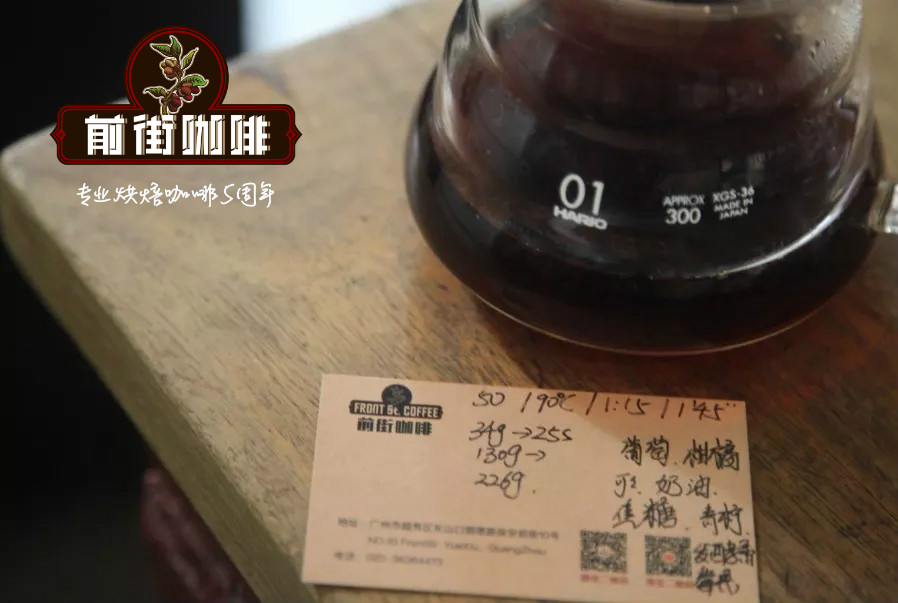
Flavor: it smells fermented and slightly sour, with sour notes of grapes, citrus, lime and berries on the palate, creamy in the middle, sweet caramel and cocoa in the end, with a sense of juice. This bean tastes full-bodied and solid when the temperature is high, and it tastes sour and sweet when the temperature drops.
END
Important Notice :
前街咖啡 FrontStreet Coffee has moved to new addredd:
FrontStreet Coffee Address: 315,Donghua East Road,GuangZhou
Tel:020 38364473
- Prev
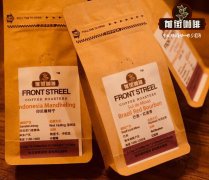
The producing areas of Guatemala coffee beans distribute the climatic environment of Guatemala
Professional coffee knowledge exchange more coffee bean information Please pay attention to the coffee workshop (Wechat official account cafe_style) after the impact of the Kuroshio movement, people gradually began to acquire professional knowledge and technology related to the coffee industry. In addition to the annual large-scale coffee-related exhibitions, barista competitions and the ever-changing baking equipment of various countries, our loyalty and love for coffee is no longer
- Next
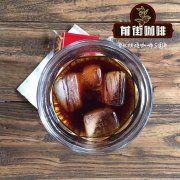
Tiger Mantenin Coffee Flavor and brewing sharing Tiger Mantenin Coffee Bean characteristic Story
Professional coffee knowledge exchange more coffee bean information please follow the coffee workshop (Wechat official account cafe_style) [Tiger Manning KONO hand] filter cup: KONO filter cup water temperature: 88 degrees grinding: small Fuji grinding degree 4 brewing methods: water powder ratio 1:14, 17g powder, the first injection of 25g water, 30s steaming, the second injection to 238g water, extraction time 2:
Related
- Detailed explanation of Jadeite planting Land in Panamanian Jadeite Manor introduction to the grading system of Jadeite competitive bidding, Red bid, Green bid and Rose Summer
- Story of Coffee planting in Brenka region of Costa Rica Stonehenge Manor anaerobic heavy honey treatment of flavor mouth
- What's on the barrel of Blue Mountain Coffee beans?
- Can American coffee also pull flowers? How to use hot American style to pull out a good-looking pattern?
- Can you make a cold extract with coffee beans? What is the right proportion for cold-extracted coffee formula?
- Indonesian PWN Gold Mandrine Coffee Origin Features Flavor How to Chong? Mandolin coffee is American.
- A brief introduction to the flavor characteristics of Brazilian yellow bourbon coffee beans
- What is the effect of different water quality on the flavor of cold-extracted coffee? What kind of water is best for brewing coffee?
- Why do you think of Rose Summer whenever you mention Panamanian coffee?
- Introduction to the characteristics of authentic blue mountain coffee bean producing areas? What is the CIB Coffee Authority in Jamaica?

